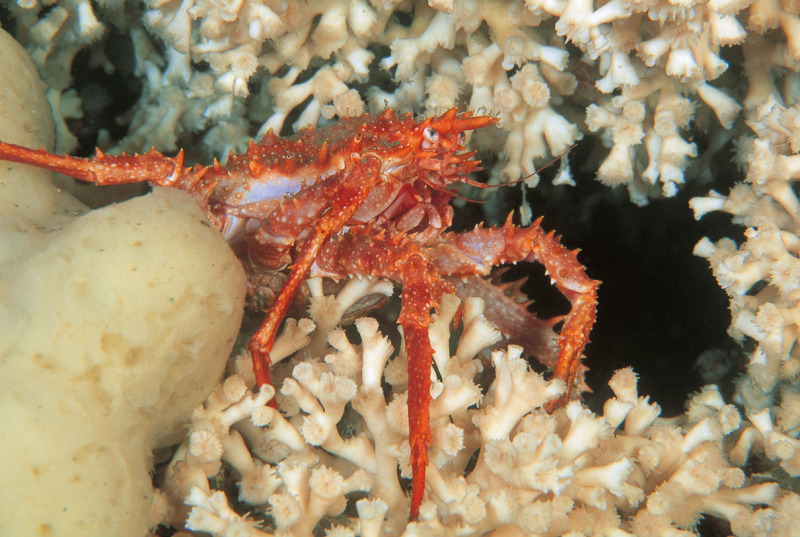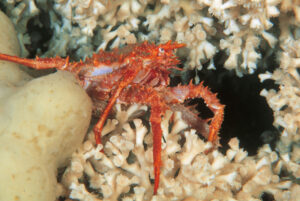During the opening day of the conference on Arctic Ocean Acidification, I was bombarded by technical vocabulary like omega aragonites*, fracturation in alkalinity and biogeochemical cycling. The whole day was dedicated to explaining the changing chemistry of the Arctic Ocean. By changing the amount of CO2 in the atmosphere, we are actually increasing the acidity of the ocean without fully understanding the future impacts on Arctic marine ecosystems.
Many international bodies are enhancing their efforts to understand ocean acidification and there is a growing interest amongst decision-makers.
Political cycles and the 2008 financial crisis have hindered global climate agreement negotiations in the past few years. For the US and China, ocean acidification is an opportunity to rekindle the discussion on carbon from a new angle.
The chemistry of ocean acidification science is straightforward and certain– we know it is happening now and rapidly – faster than in the last 56 milion years and it will continue as we emit more CO2 to the atmosphere through burning fossil fuels.
However, we must still bridge a large gap between science and policy on acidification.The potential costs of inaction are high. Healthy oceans provide vital services to people, for example by buffering some of the atmospheric CO2 emitted by human processes. Acidification may also put fisheries, and therefore food security, at risk.
Carol Turley of Plymouth Marine Laboratory, a pioneer in this field of research, emphasized that even if we cannot predict the exact costs, casualties and damages related to acidification, scientific uncertainties are no excuse to not act. “If you mitigate (that is, reduce emissions of CO2 to the atmosphere) for ocean acidification, you also mitigate for climate change – so double gain and double the reason to act now.”
10 strong key findings flowing from this three year assessment were released today:
Acidification in the Arctic Ocean:
- Arctic marine waters are experiencing widespread and rapid ocean acidification.
- The primary driver of ocean acidification is uptake of carbon dioxide emitted to the atmosphere by human activities.
- The Arctic Ocean is especially vulnerable to ocean acidification.
- Acidification is not uniform across the Arctic Ocean.
Biological responses to ocean acidification
- Arctic marine ecosystems are highly likely to undergo significant change due to ocean acidification.
- Ocean acidification will have direct and indirect effects on Arctic marine life. It is likely that some marine organisms will respond positively to new conditions associated with ocean acidification, while others will be disadvantage, possibly to the point of local extinction.
- Ocean acidification impacts must be assessed in the context of other changes happening in Arctic waters.
Potential economic and social impacts of ocean acidification on Arctic fisheries
- Ocean acidification is one of several factors that may contribute to alteration of fish species composition in the Arctic Ocean.
- Ocean acidification may affect Arctic fisheries.
- Ecosystem changes associated with ocean acidification may affect the livelihoods of Arctic peoples.
* Aragonite is a material used by some sorts of sea creatures to build their shells. As ocean acidity increases, the ability of the sea creatures to build their shells from aragonite decreases, and so removes a valuable resource from food webs.

